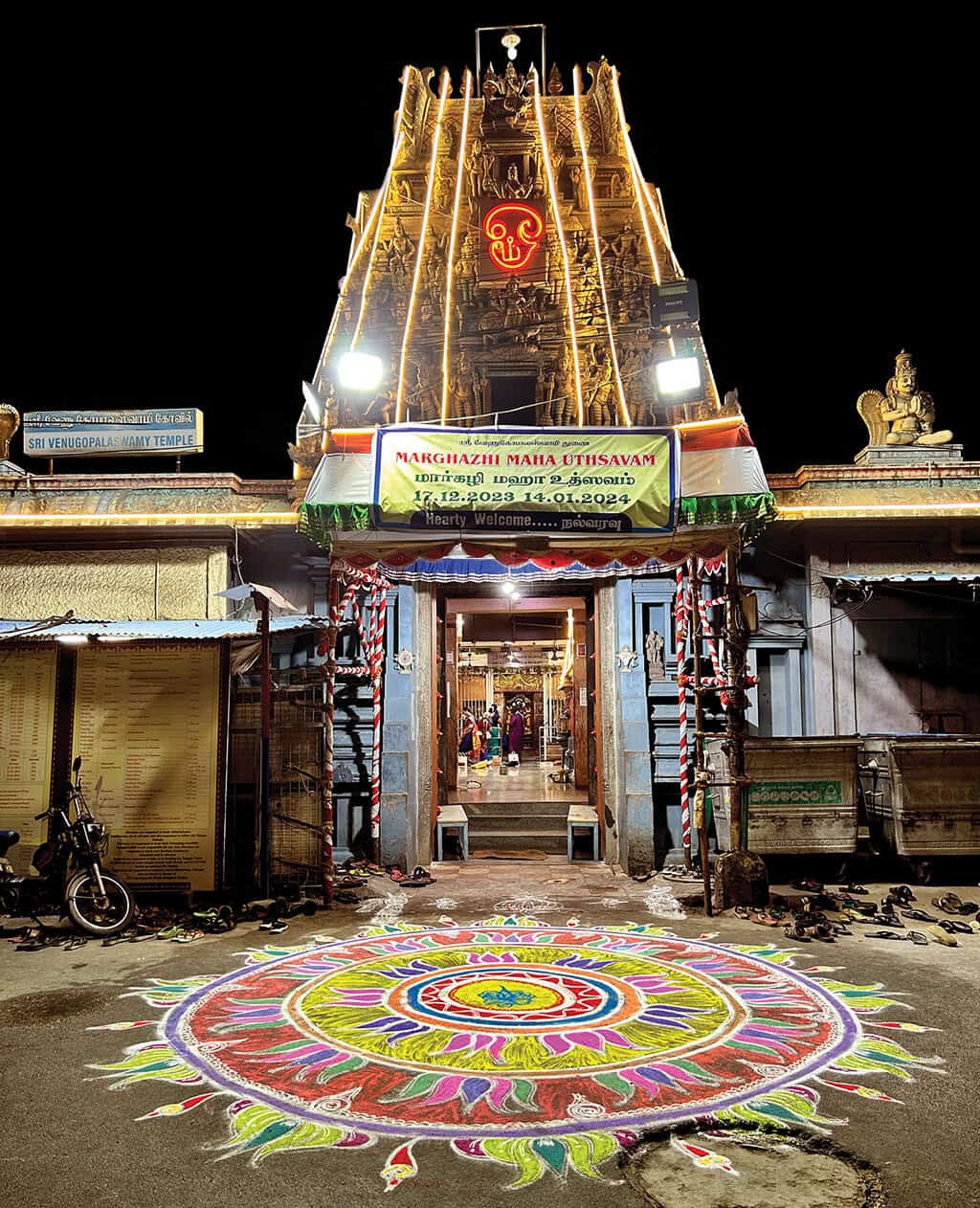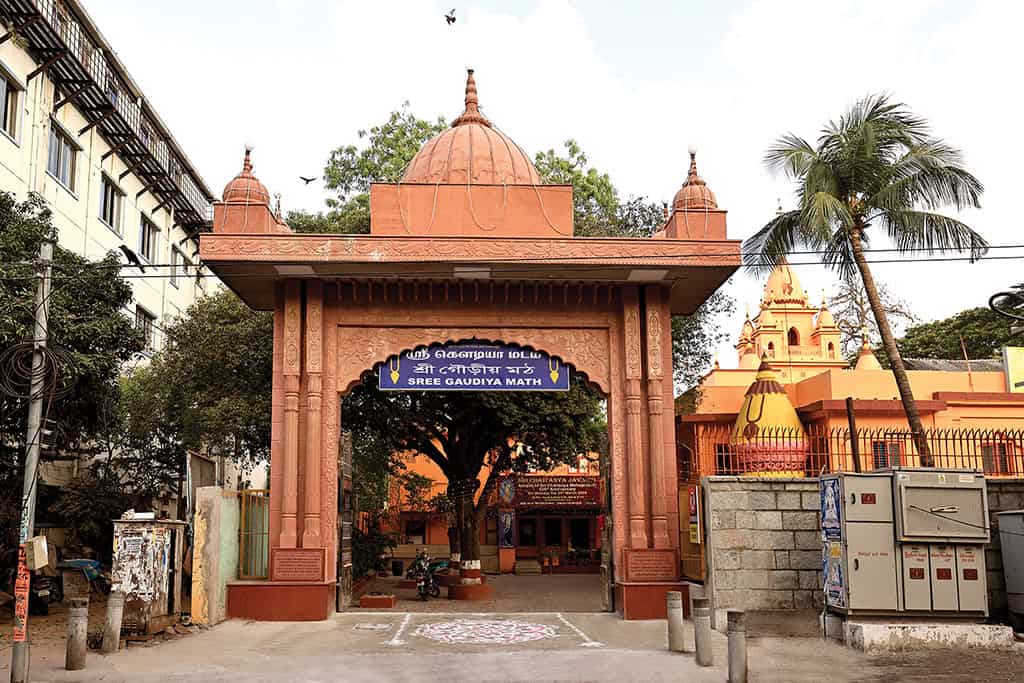Authors: Sriram V and Karthik A Bhatt
Theme of the Book:The book narrates the history of Gopalapuram, detailing the evolution of this area in Madras City (now Chennai), and its present-day significance.
Deeper Analysis Summary – Gopalapuram Chronicles
Gopalapuram Chronicles: Hundred Years of a Madras Locality by Sriram V and Karthik A Bhatt is more than just a chronicle of a neighbourhood; it is an architectural and socio-cultural biography of one of Chennai’s most iconic residential areas. The book meticulously documents the evolution of Gopalapuram from a cooperative housing society for government servants to a vibrant hub of culture, politics, and education.
The structure of the book is neatly laid out across eleven chapters, each delving into an aspect of the neighbourhood’s transformation. The early chapters explore the origins of the colony – its founding by the Madras Government Servants Co-operative Building Society – and detail how it was rooted in ideals of planned urban living and civic consciousness. The emphasis on how Gopalapuram was built on a collective vision is a subtle but strong critique of today’s fragmented urban sprawl. As the book progresses, the authors show how the colony absorbed cultural and intellectual energy. Institutions such as the Gopalapuram Educational Society and its later offshoots played a central role in making the area a cradle of Tamil Nadu’s educational movement. The chapters also touch on the area’s religious centres, highlighting how temples and spiritual spaces became social anchors. One of the most engaging parts of the book is its attention to art and culture. Gopalapuram wasn’t merely a residential layout – it became home to Carnatic musicians, Bharatanatyam dancers, film personalities, and Tamil literary icons. Through narratives and archival photos, the book pays tribute to this artistic vitality.

The penultimate chapters shift the focus to contemporary relevance. Gopalapuram today has grown to accommodate modernity without completely erasing its past. Schools and other institutions are symbols of continuity and change. The authors have conducted commendable archival research and interviews with long-standing residents. Their narrative is factual yet warm, scholarly yet accessible. This makes the book appealing to historians, architects, city planners, and Chennai enthusiasts alike.
So far, we have only seen the sugar-coated aspects of this book… As a reader, I also found some drawbacks.
Drawbacks:
While richly detailed, the book could have benefited from personal anecdotes or oral histories from more diverse voices – especially women and working-class residents.
It remains heavily descriptive and could have used more analytical commentary on urban evolution, comparing Gopalapuram with other Chennai localities such as Mylapore, Triplicane, T. Nagar, Purasaiwalkam, Adyar, and others.

Suggestions:
Future editions or sequels could include oral history interviews, interactive digital maps, or comparative studies.
Including contributions from younger writers could help bridge generational perspectives and add freshness to the storytelling.
Is This Book a Boon or Bane?
Gopalapuram Chronicles is undoubtedly a **boon** for readers. It is a model for how to preserve local history. At a time when neighbourhoods are reduced to real estate value, this book restores identity, memory, and pride to a place and its people.